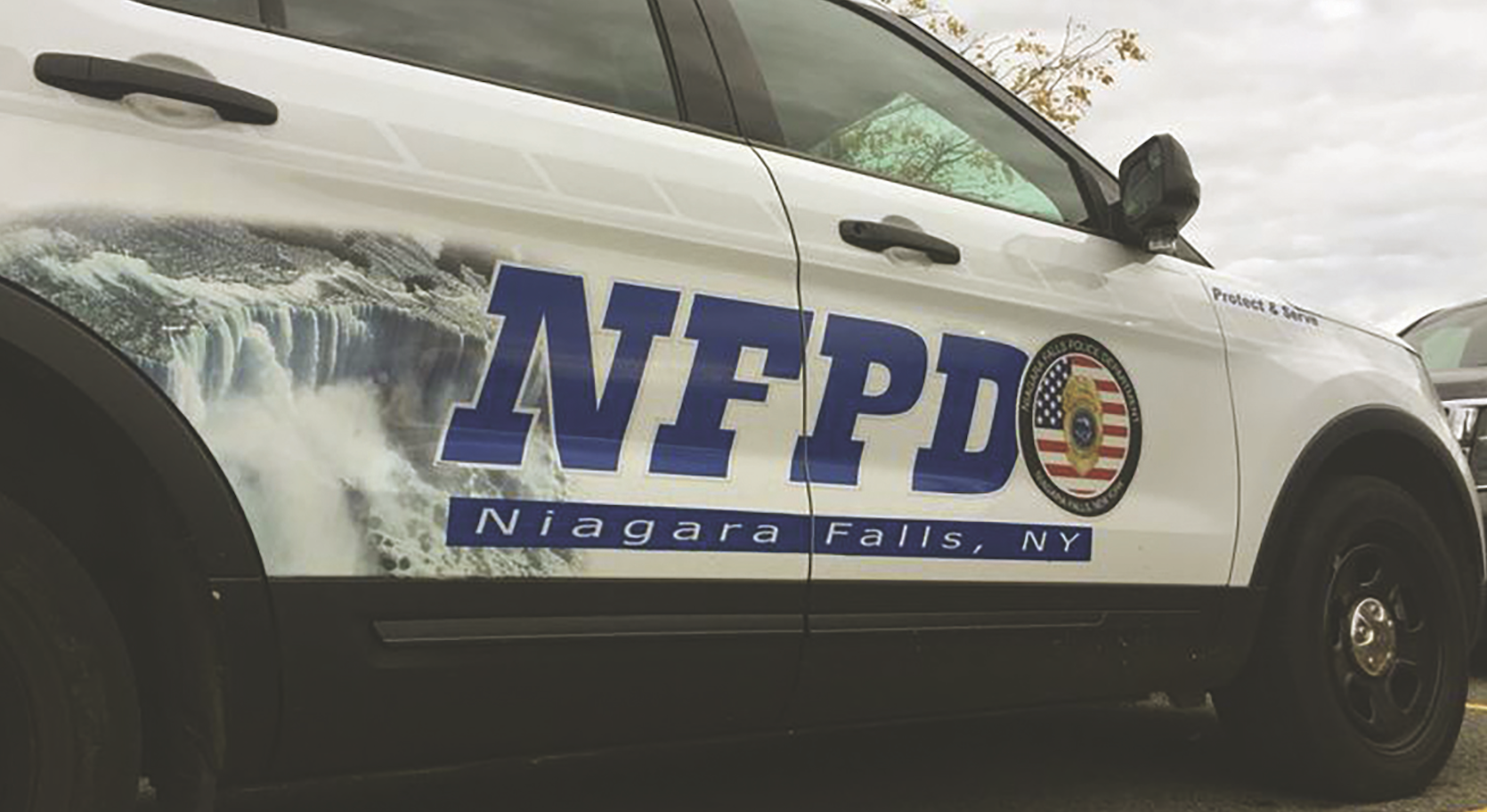By Randy Palladino
How’s your hearing? The reality is it’s probably not as good as you think, even if you haven’t noticed it yet. A new report from the Centers for Disease Control and Prevention (CDC) found that one in four people think their hearing is just fine when the fact is they have already experienced some hearing loss. Researchers analyzed more than 3,500 adult hearing tests and found that more than half of the participants with hearing loss said they were not regularly exposed to loud noise at work. Most people suffer some age-related hearing loss as they get older, but sources of loud noise in our everyday lives are contributing to noise-induced hearing loss in people as young as age 20. As a rule of thumb, if you have to raise your voice to carry on a conversation when the other person is within three feet of you, it’s too loud and controls are needed to protect hearing.
This harmful noise often comes from activities we know are loud but that we don’t realize are damaging our hearing. Some examples include:
- Concerts or sporting events (where noise levels often reach 100 decibels)
- Shooting firearms (140-190 decibels)
- Mowing the lawn or using a leaf blower (90-100 decibels)
- Being near other gas engines such as those on powerboats, ATVs, etc.
- Home appliances such as a food processor
To protect your hearing while still doing the activities you love, wear hearing protection such as earplugs or earmuffs. You can also look for quieter home appliances or keep your distance from very loud noises when possible (for example, don’t stand right next to those giant speakers at your next concert). Protecting your hearing is even more important if you work in construction. Over half of construction workers develop hearing loss. After about 20 years on the job, it’s not unusual for a 40-year-old construction worker to have the hearing of a 60-year-old person who hasn’t been routinely exposed to jackhammers and other noisy construction equipment. In construction, OSHA requires employers to keep noise exposures below 90 dBA as an 8-hour time-weighted average. At 90 dBA, which is the current permissible exposure level for noise in the construction industry, employers must provide a combination of hearing protection devices (e.g., earplugs, earmuffs) with a hearing conservation program, engineering controls and administrative controls. Because noise fluctuates at construction sites, the LHSFNA and the American National Standards Institute (ANSI) recommend that employers follow a task-based approach to protecting workers’ hearing. If an operation is typically louder than 85 dB, engineering or administrative controls are implemented; if these controls don’t reduce noise levels below 85 dB, hearing protection must be provided.




















